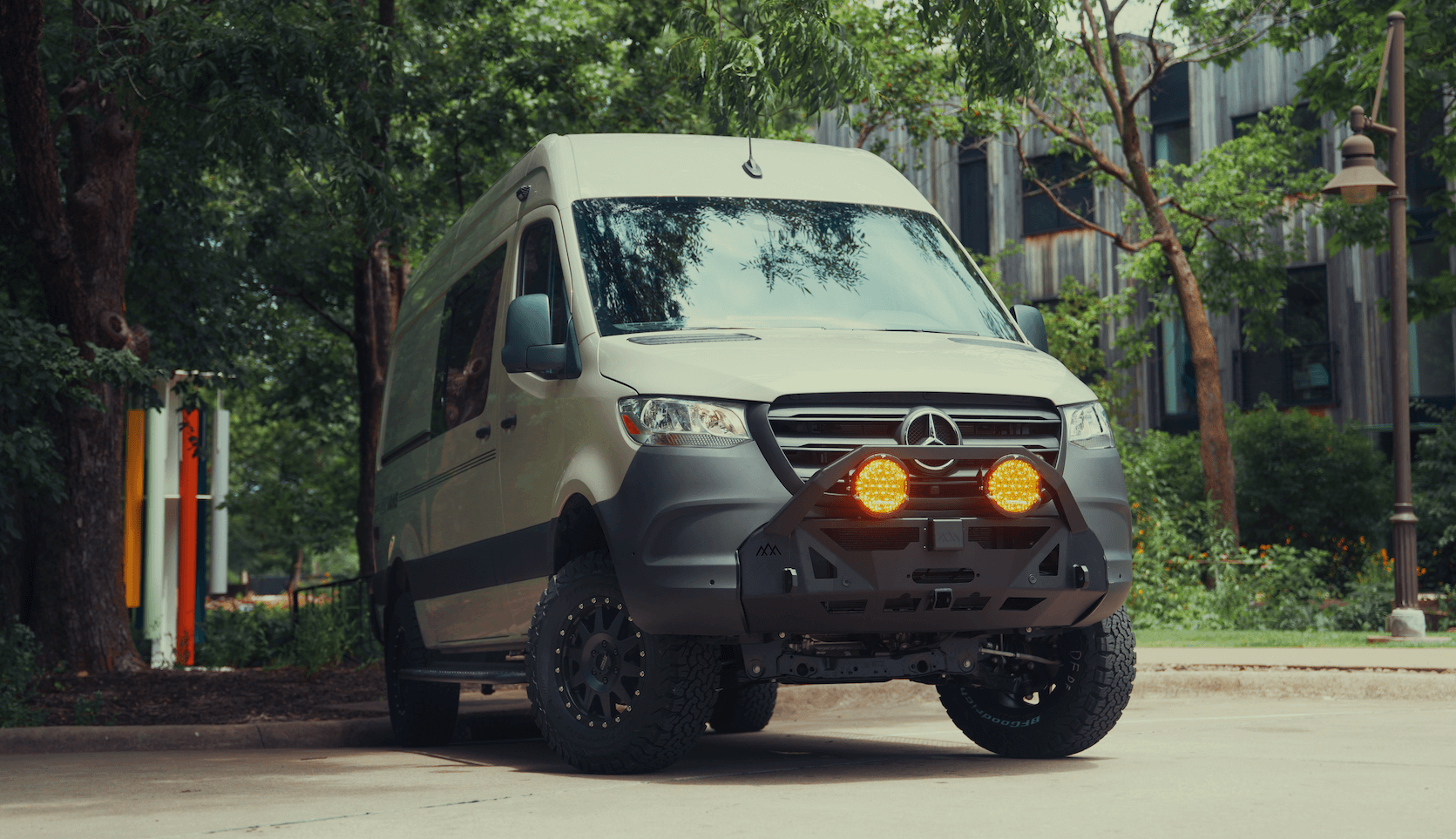Recreational Vans

Selecting wire gauge for van power starts with understanding how low voltage behaves. In 12 volt DC systems, even small resistance causes noticeable voltage drop, so the wire must be sized not only for ampacity but also for run length and acceptable loss. For 120 volt AC branch circuits, ampacity and code compliant methods are primary, and voltage drop is usually less critical on short interior runs. Use stranded copper for flexibility and reduced fatigue in a moving vehicle. Marine grade tinned copper resists corrosion and is a smart choice anywhere moisture or condensation can appear.
Voltage drop is the quiet thief of performance in 12 volt systems. The longer the pair of conductors and the higher the current, the more voltage you lose before the energy reaches the load. A common design target is three percent drop for critical loads like fridges and electronics, and up to ten percent for non critical items like some lighting. Compute drop using run length for the full circuit path and pick an AWG that keeps the percentage within the target at expected current. This is why a small fan near the fuse block might be fine on 16 AWG, while the same fan far from the battery needs 14 AWG or 12 AWG.
Let practical sizing drive decisions. A compressor fridge that draws five amps with a total round trip of thirty feet often lands near 12 AWG to stay near three percent drop, while a short LED light string at one amp can live on 18 AWG. Water pumps in the five to seven amp range commonly use 14 AWG if the path is short and 12 AWG for longer routes. Roof fans two to four amps usually fit 16 AWG on short runs and 14 AWG on longer runs. Always confirm against an ampacity table and adjust upward if the circuit will see high ambient heat or continuous duty.
Wire gauge for van systems is only correct when paired with the right protection and build quality. Every conductor should be protected at the source with a fuse or breaker sized to the wire, not just the device. Protect the full length with abrasion resistant loom, grommets where passing through metal, and strain relief at every termination. Follow manufacturer instructions for inverters, chargers, and batteries, and use torque verified lugs on large cable with adhesive lined heat shrink.
Reliable terminations are as important as the gauge itself. Use quality crimp tools matched to your terminals and test pull strength on samples. Keep bends gentle, support the harness with cushion clamps, and separate low voltage signal wiring from high current runs to reduce noise. Label both ends of every circuit so future service or troubleshooting remains simple. Before first trip, measure voltage at key loads under realistic use to confirm drop is within your design target.
Select stranded copper with flexible insulation rated for automotive or marine environments. Tinned copper slows corrosion in damp spaces and along roof penetrations. For large cables, use fine strand welding cable or marine battery cable that accepts proper crimp lugs. Bundle by function, protect with split loom or braided sleeve, and route away from sharp edges and heat sources like exhaust or heaters.
Return paths matter. In a metal body van, chassis return can work for low to moderate current loads when connections are clean and protected, but many builders run dedicated negative conductors back to a central bus for consistency and easier diagnostics. High current devices like inverters and chargers benefit from short, direct returns sized equal to or larger than the positive feed.
Map your layout on paper, mark entry points, and leave slack for service loops. Group circuits by location to reduce total wire length. Pre build a labeled distribution panel with fuses and negative bus so installation goes quickly and stays clean. Keep spare terminals and extra length of popular sizes in your kit for future add ons.
Complex systems that combine alternator charging, solar, lithium batteries, and a shore charger must be planned as a whole. Correct wire gauge for van power is one piece of a larger design that includes protection, heat management, and serviceability. If any part of the plan is unclear, professional installation can keep you safe and protect your investment.
If you want a clean, quiet, and dependable electrical system sized for how you travel, our team can help. We design and build complete recreational vans with correctly sized conductors, precise protection, and tidy routing you can service on the road. Explore our recreational vans, see how a custom build van comes together, or review mainstream vans that align with common platforms. We build in Fayetteville Arkansas and hand off each rig with a full walkthrough so you can hit the road with confidence.
At OZK Customs we listen first, then design. From battery banks and chargers to inverter feeds and lighting circuits, we size wire for performance and longevity and we stand behind the work. Tell us your route and we will tailor the system to match.
Ready to size it right the first time? Book a build consult and let OZK Customs design, wire, and professionally install a safe, quiet, and serviceable electrical system. Our team in Fayetteville Arkansas integrates batteries, solar, inverters, and charging with correct wire gauges, protection, and clean routing. Tell us how you travel and we will deliver a turn key solution built for real road miles.
ADDRESS:
6159 E Huntsville Rd, Fayetteville, AR 72701
PHONE:
(479) 326-9200
EMAIL:
info@ozkvans.com